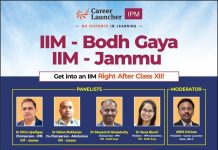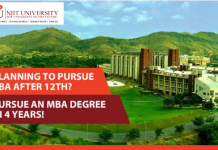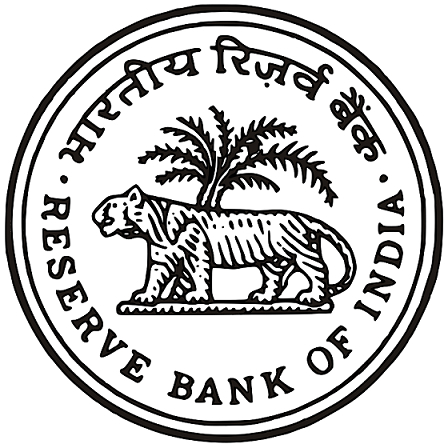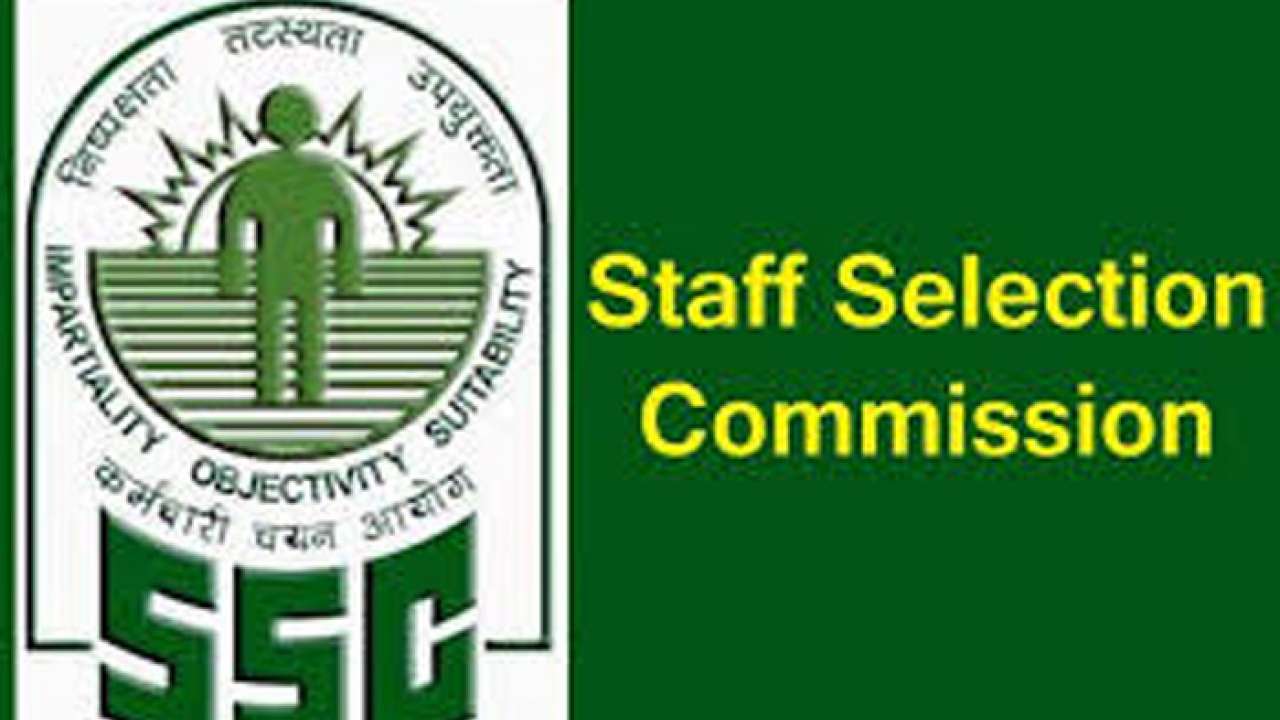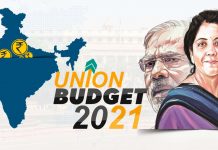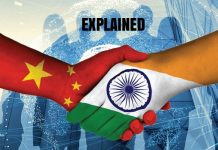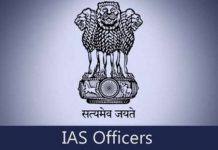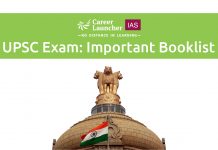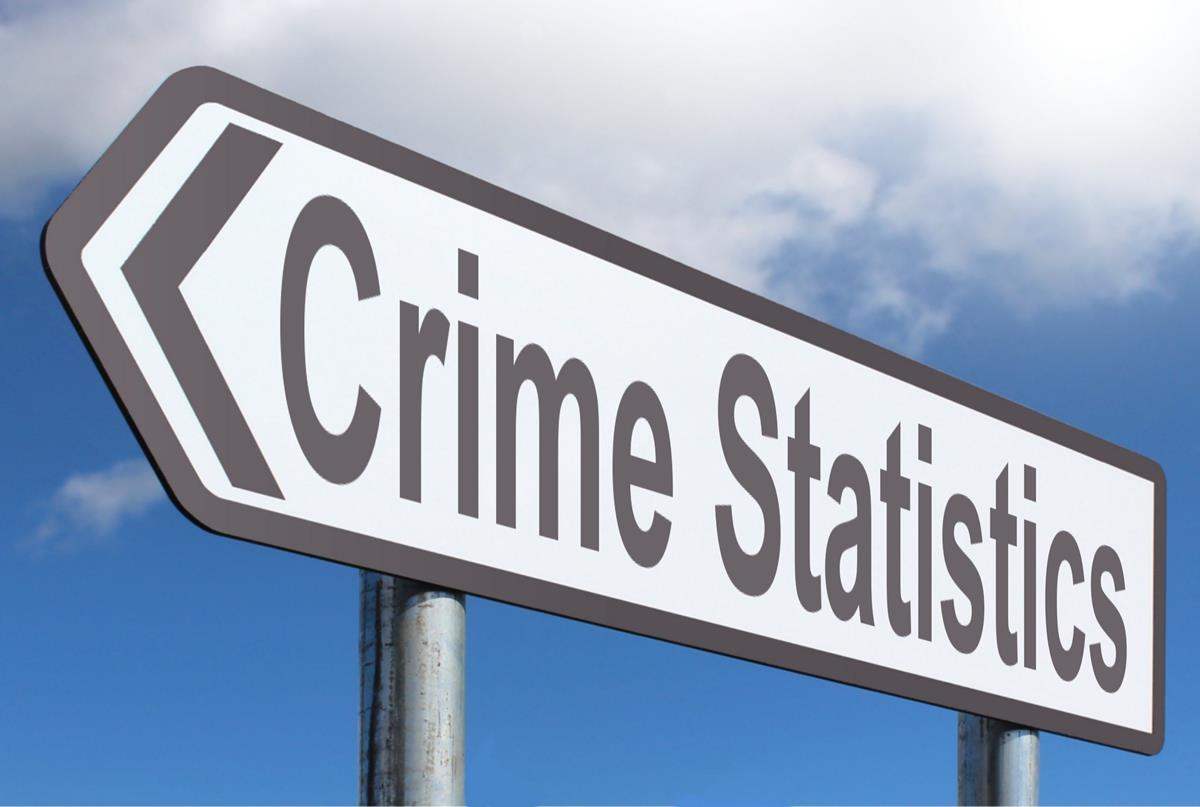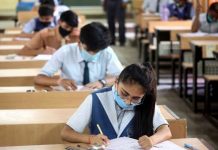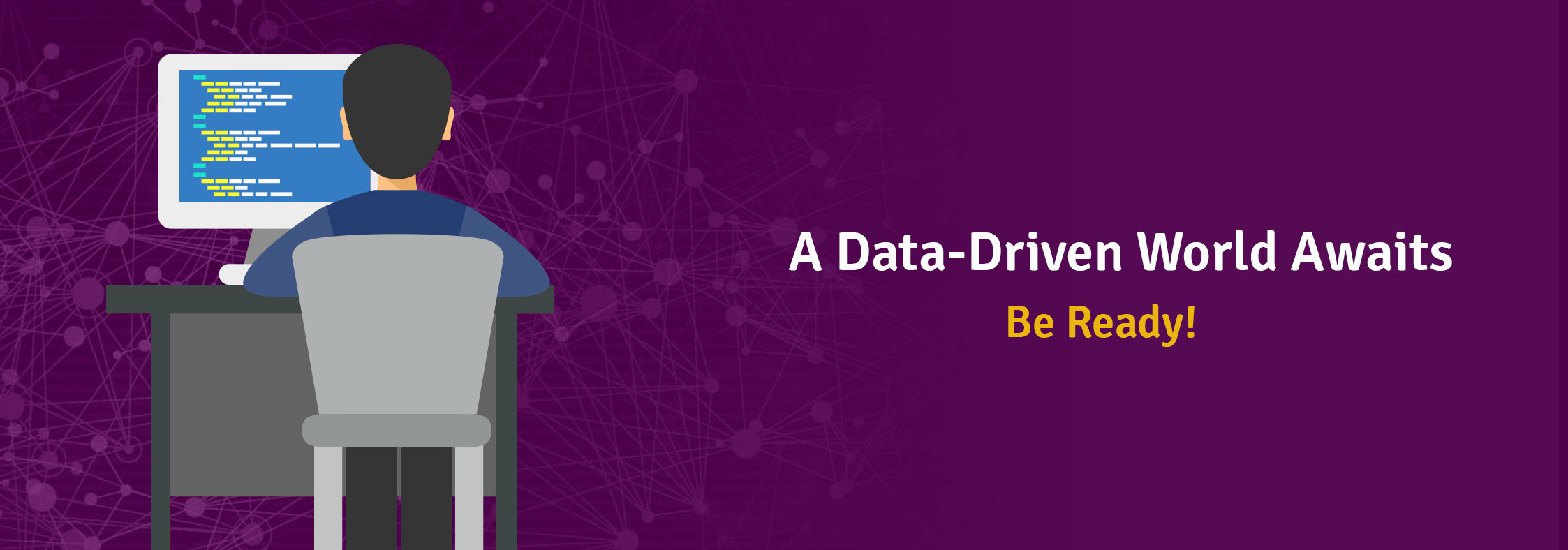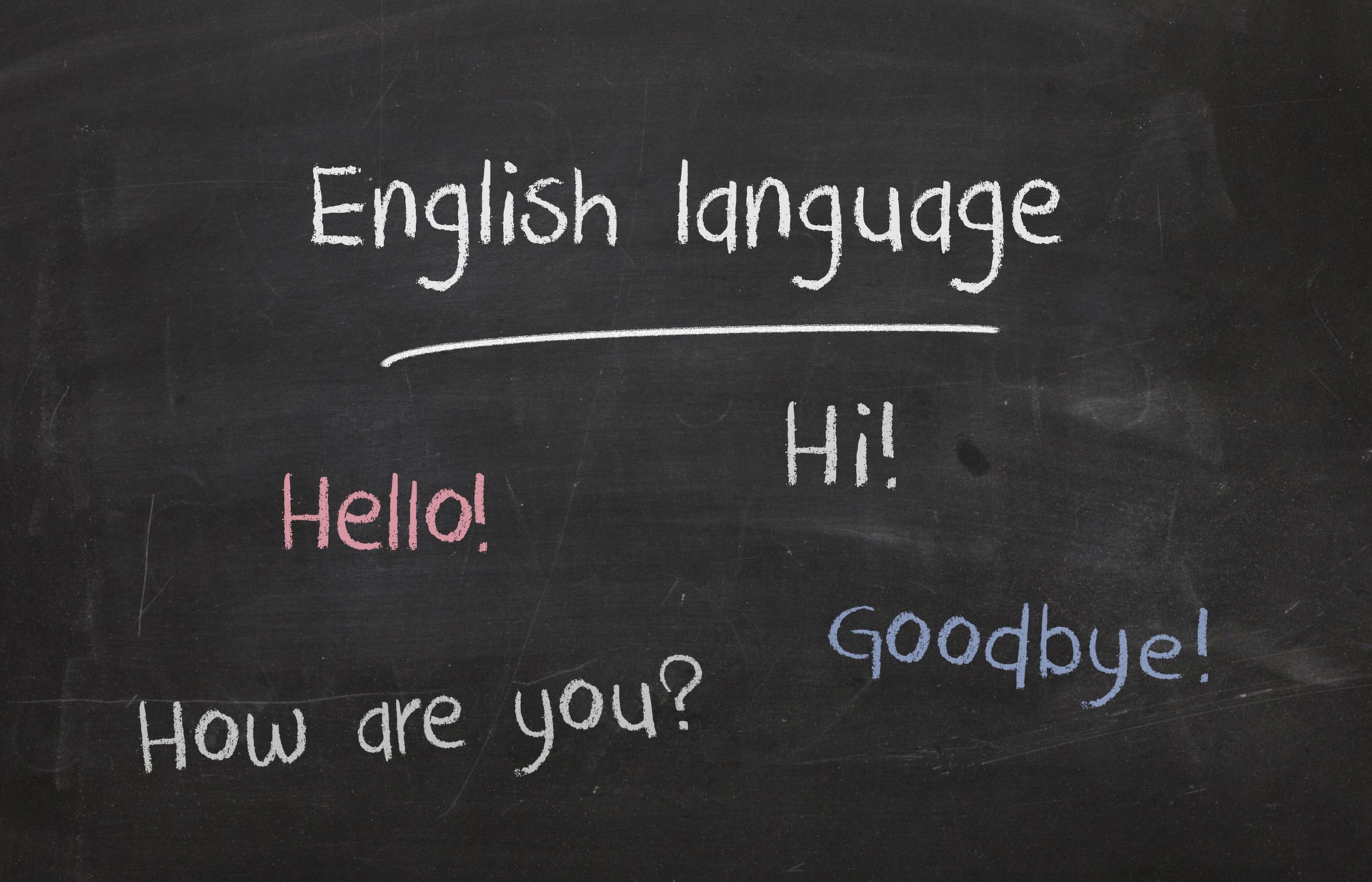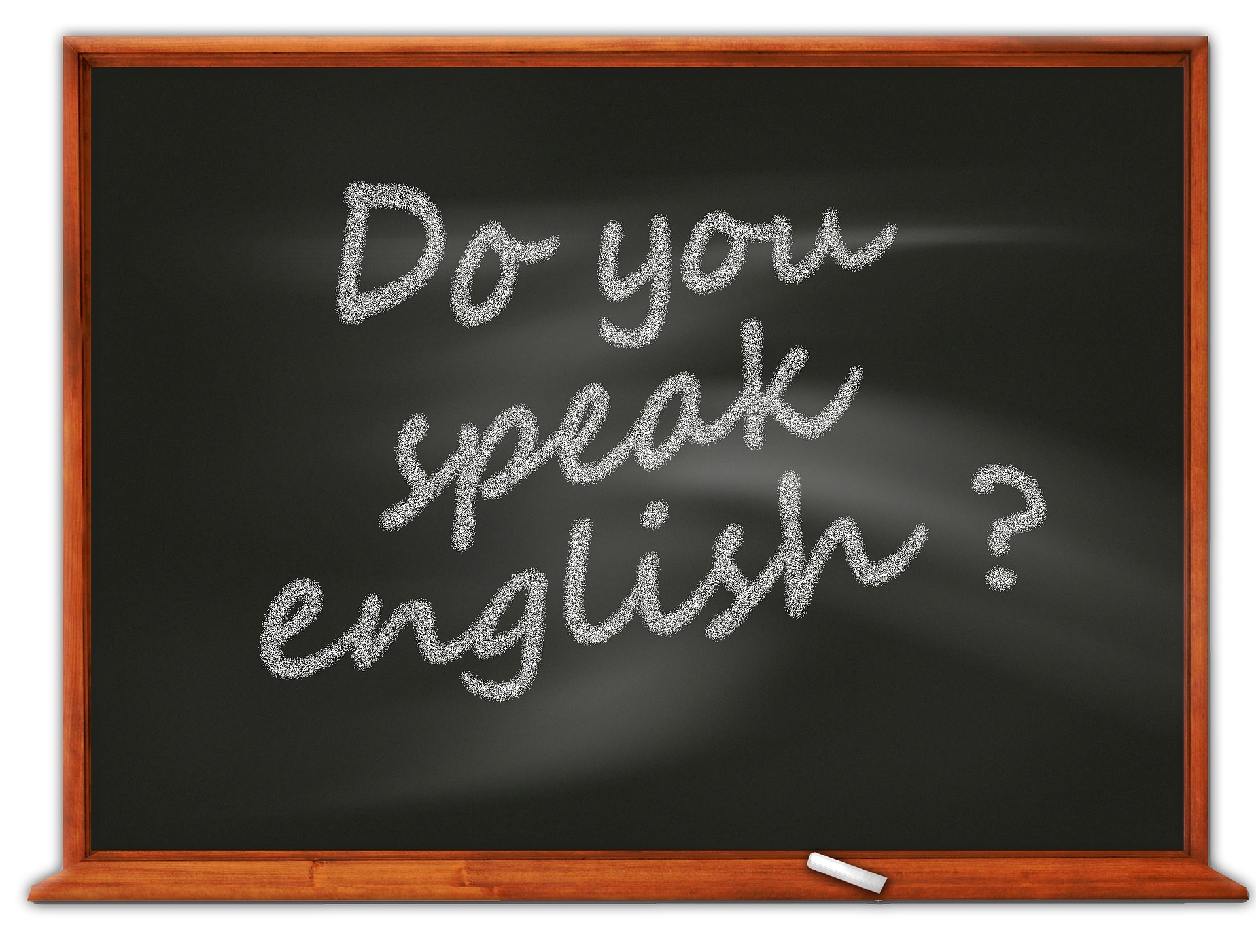Once IBPS, SBI or RBI announce the results of the Common Written Examination (CWE), the entire spotlight automatically shifts to the second stage of selection process, which in most of the places constitute – group discussion (GD) and interview.
In all likelihood, you will start getting your calls the Probationary officers phase 2 round any day. You may even be asked to report for selection process within the next few weeks. With hardly any time at your disposal, it is imperative that you start preparing for the second round right away.
There are many who keep on waiting in anticipation till the last minute and when they get the calls they are not able to make out head or tail out of it. Therefore, the best thing, therefore, could be to start preparing for the GDs and interviews as a stitch in time saves nine. It always pays to be both proactive and pre-emptive which you can safely do with your preparation in advance.
Group discussion is the first round which precedes the interview and therefore one has to be well prepared for both the rounds. Many students keep on asking whether the group discussion is one of the eliminating rounds or not? As a matter of fact, it is, as the same is given an appropriate weightage by the institutes and therefore one should never ever try to look at the duo in isolation. The GDs are the eliminating rounds in so far as it measures candidate’s cognitive, behavioral, communication skills and personality in relation to the group. Another fundamental factor is the interpersonal skills of the candidates and their ability to carry the peer pressure. Of course, their knowledge about the given topics in particular and general awareness in general is also tested to a very great extent.
I have found that many candidates are in habit of making the GDs messy either by coughing facts that are not factually true, indulging in humor or by keeping mum. And, this is precisely the point where the GD is looked upon as an eliminating round as the panel keeps on noting the observations against each to pass the same on to the interview panel. Mind you, you will get out of the race the moment you are found to be repeating the same there, too. Therefore, the advisable is to avoid any such act that lands you in trouble. The same would be too caustic in the sense that you earn a call after months of hard work and perseverance.
After the GD is over, the candidates are called for the interview with the panel. The philosophy behind the interviews is simple, as the panel is out to assess your personality, career objective clarity, communication, subject knowledge and general awareness. It is true that the candidates are tested on the above parameters in a GD but the fact remains that they have to be tested individually on those parameters once again to assess the consistency factor.
It would therefore be worth noting that the GD is as important as the interview and vice versa and therefore you should never ever think that your good performance in any one area would automatically ensure your success. It will also be important to see what parameters are generally employed to assess the candidates overall suitability for the management institutes. Though there are differing views about the parameters employed among many but there are some, which are generally agreed to, by all.
I would now talk about them one by one, highlighting their importance in the over all scheme of the things:
- PERSONAL DISPOSITION
- CAREER OBJECTIVE
- KNOWLEDGE IN SUBJECTS
- GENERAL AWARENESS
- COMMUNICATION SKILLS
PERSONAL DISPOSITION: It is one of the parameters that the interview panel is to test a candidate on. Personal disposition, per say, is the candidate’s over all personality which includes the finer points like the way a candidate presents himself, the impact the candidate makes on the panel by demonstrating his temperament, attitude and propensity to break when he gets stuck at times. In other words, the personal disposition is the first obvious parameter that the panel is interested in. Therefore, the candidates going for the interview must ensure that they should present them in a manner that ensures their effectiveness leaving a lasting impact on the panel.
CAREER OBJECTIVE: Another important parameter that a panel is out to test a candidate on is his clarity on the career objective. The panel tries to test / evaluate the candidates’ current occupation, stated objectives, consistency, and reasons for any change or switch over etc. The panel may also try to check the clarity of objectives of the candidates by suggesting them variety of options for their career. This is very important, as the panel is out to gauge the candidates’ over-all clarity about what the candidate wants to pursue in his life. The panel may also go on record asking the candidate where he wants to see himself after 10 years. This is where a candidate has to evolve a fairly reasonable understanding about his priorities in life and linking it with his background and aptitude.
KNOWLEDGE IN SUBJECTS: The panel is also interested in assessing the candidate’s knowledge in his own subjects, which he has pursued in the past or is currently pursuing. The panel may even go deeper in probing the candidates’ strength in the relevant subjects. Therefore, the candidates must brush their fundamentals of the subject (s) or any specialization, they have either pursued or pursuing. The panel may infact be too specific with the candidate’s present job profile and the organizational structure while interviewing a candidate with work-experience. Therefore, the candidates with work-experience or working with a company must be prepared to face such questions. The panel may also ask for the reasons of shift in terms of area or subject if one has such a background. There could be some cumbersome moments for the candidates too as they may be asked by the panel to give reasons for scoring lower percentage of marks in their exams. The candidates have to be very honest while giving reasons for such queries. They should never feel offensive as the panel may be out testing their disposition and ability to manage the stress. The panel is ultimately interested in assessing the quality of the reasoning than the statement it self.
GENERAL KNOWLEDGE: This parameter is very important as it tests the candidates’ awareness or exposure to the important happenings around them. The panel could ask the candidates any thing ranging from a murky question of history to the name of the president of India to the number of seats won by the Congress in the recently concluded assembly elections to the recent Euro launch. The candidates, if found to be good, could be explored deeper and therefore the candidates must follow the latest in news. It is also wise to build up one’s own opinion about the events as the interview panel is more interested in assessing one’s point of view rather than a mere statement of the event itself.
While mock interviewing the candidates, I have seen for myself that many candidates with good educational backgrounds and high percentage of marks turned out to be too poor, in some cases, even pathetic. For example, a candidate (with good educational background) did not even know what an Euro was or more glaringly when asked about the name of the president of India, he was found misnaming the president. Can you think what great service the same information would do to you?
COMMUNICATION SKILLS: Communication is an art and another important testing parameter. The panel tries to test the effectiveness of the ideas conveyed through one’s communication. Often, the candidates ask the questions what communication skills are all about or what all are they inclusive of? Is it merely an articulation or any thing beyond that?
It is important to note that communication is more than just articulation as it includes listening attributes of the candidates as well. Any communication is not deemed to be functional unless it encompasses listening, comprehension and logical sequencing of the statements. As the experts suggest, there is even a second side to the communication process and that is the non-verbal communication. The non-verbal side of the communication often takes precedence when put in a structured manner as it encompasses sitting posture, eye contact and body movements. In other words, the non-verbal communication is also referred to as body language and assumes a greater significance in interviews.
It is advisable for the candidates to be aware of the parameters and practice them on a regular basis to ensure an effective performance with the panel. Its high time that they start concentrating on their subject knowledge and the general awareness as the two put together play a very critical role in one’s getting selected or getting eliminated.
After all, it’s the end result that matters.
CL TEAM
Source: published in THE HINDUSTAN TIMES (Enhance)







